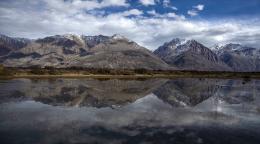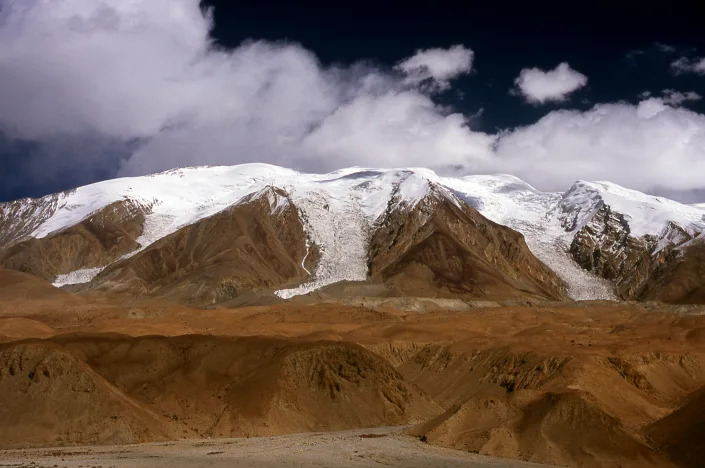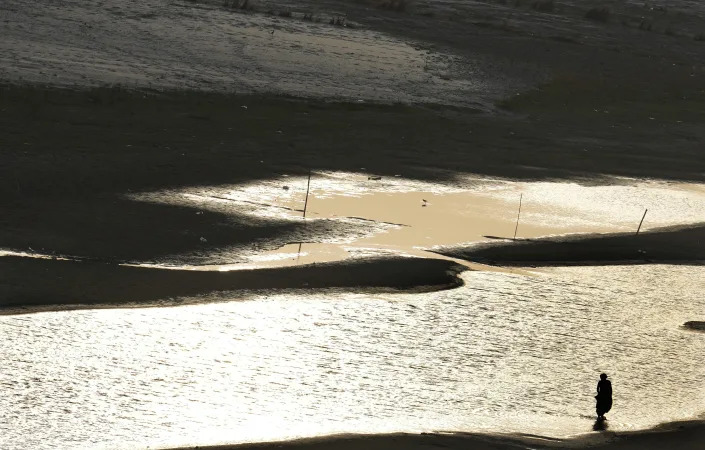
The 3M Global Headquarters in Maplewood, Minnesota
Thu, June 22, 2023
By Clark Mindock
(Reuters) -3M Co has reached a $10.3 billion settlement with a host of U.S. public water systems to resolve water pollution claims tied to "forever chemicals," the chemical company announced on Thursday.
The company said the settlement would provide the funds over a 13-year period to cities, towns and other public water systems to test and treat contamination of per- and polyfluoroalkyl substances, or PFAS.
3M, which is facing thousands of lawsuits over PFAS contamination, did not admit liability, and said the money will help support remediation at public water systems that detect PFAS "at any level."
"We have reached the largest drinking water settlement in American history, which will be used to help filter PFAS from drinking water that is served to the public," Scott Summy, a lead attorney for the water systems suing 3M, said in a statement. "The result is that millions of Americans will have healthier lives without PFAS in their drinking water."
3M had been scheduled to face a test trial in South Carolina federal court earlier this month in a lawsuit brought by Stuart, Florida. The judge overseeing the case delayed the trial the morning it was set to start.
Stuart claimed in its 2018 lawsuit that the company made or sold firefighting foams containing PFAS that polluted local soil and groundwater, and sought more than $100 million for filtration and remediation. It was one of more than 4,000 lawsuits filed against 3M and other chemical companies.
Dubbed "forever chemicals" as they do not easily break down in the human body or environment, PFAS are used in a wide range of products from non-stick cookware to cosmetics and have been linked to cancer, hormonal dysfunction and environmental damage.
The U.S. Environmental Protection Agency has called PFAS an “urgent public health and environmental issue.”
The EPA has taken several steps in recent years to tighten regulations for the chemicals, and in March announced the first-ever national drinking water standards for six of the chemicals.
3M in December set a 2025 deadline to stop producing PFAS.
Three other major chemicals companies - Chemours Co, DuPont de Nemours Inc and Corteva Inc announced earlier this month that they had reached an agreement in principle for $1.19 billion to settle claims they contaminated U.S. public water systems with PFAS.
3M still faces PFAS-related lawsuits filed by individuals with personal injury and property damage claims, as well as by U.S. states over damages to natural resources such as rivers and lakes that were not part of the settlement.
(Reporting By Brendan Pierson and Clark Mindock in New York, Editing by Alexia Garamfalvi, Chris Reese and Daniel Wallis)





















